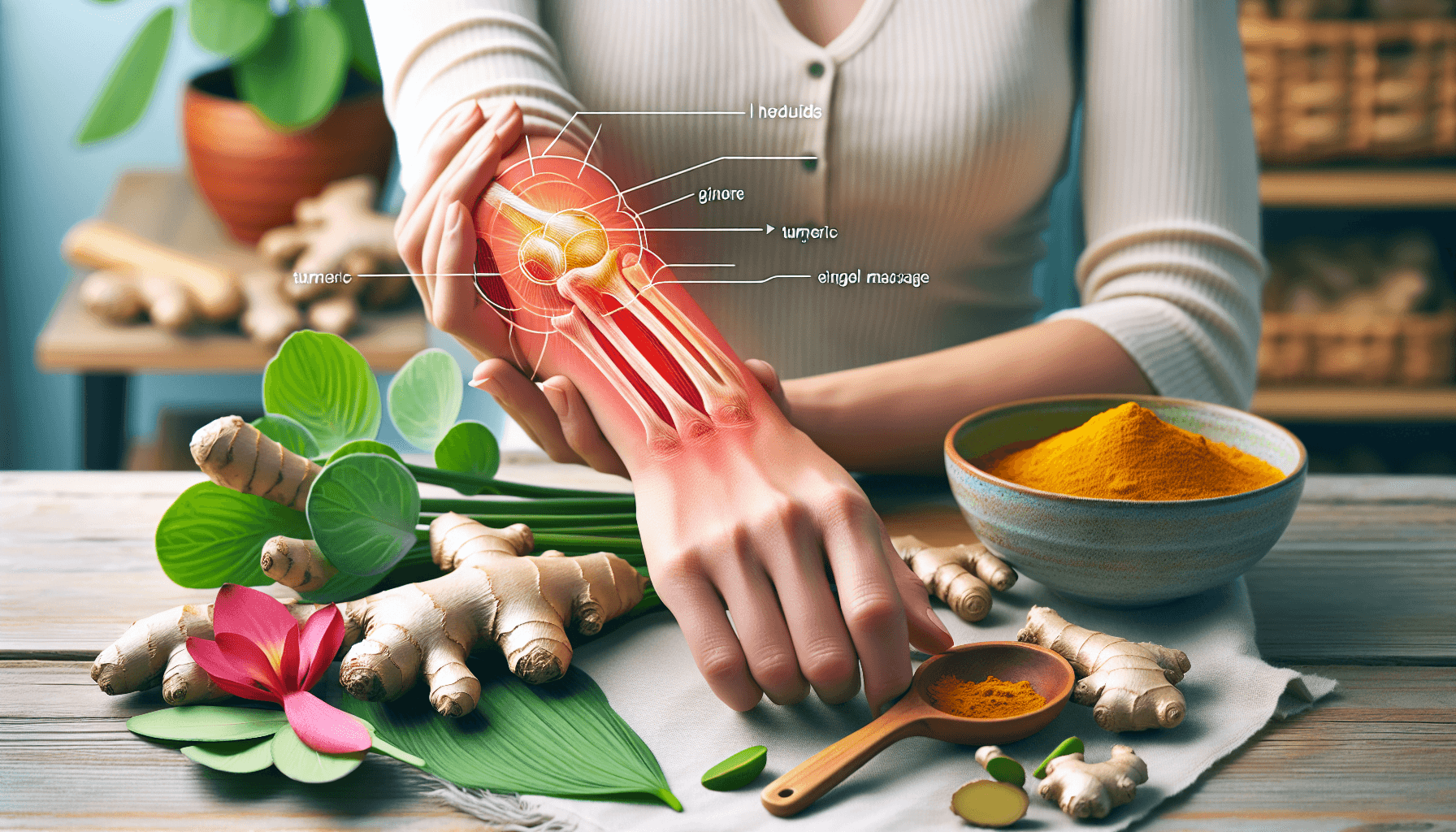Golfer’s elbow, also known as medial epicondylitis, is a condition that causes pain and inflammation on the inner side of the elbow. It is a common injury among golfers, but it can also affect individuals who perform repetitive arm motions or gripping activities. If you are dealing with golfer’s elbow and looking for natural ways to manage the pain, you have come to the right place.
1. Rest and Ice
One of the first steps in managing golfer’s elbow pain naturally is to give your elbow adequate rest. Avoid activities that aggravate the pain and put additional stress on the elbow joint. Additionally, applying ice to the affected area can help reduce inflammation and alleviate pain. Wrap a cold pack or ice pack in a thin cloth and apply it to the inner side of your elbow for 15-20 minutes several times a day.
2. Stretching and Strengthening Exercises
Incorporating stretching and strengthening exercises into your daily routine can help improve the mobility and strength of your elbow. Perform gentle wrist and forearm stretches to stretch the affected muscles. You can also try wrist curls and wrist extensions with light dumbbells or resistance bands to strengthen the muscles around the elbow joint.
3. Massage Therapy
Massage therapy can be an effective natural treatment for golfer’s elbow. A skilled massage therapist can help release tension and promote blood circulation in the affected area, which can reduce pain and improve healing. Consider seeking the help of a professional massage therapist who specializes in treating sports injuries or musculoskeletal conditions.
4. Use of Essential Oils
Some essential oils have natural anti-inflammatory and analgesic properties, which can provide relief from golfer’s elbow pain. Apply a few drops of essential oil such as peppermint, lavender, or eucalyptus to the affected area and gently massage it in. However, it’s essential to dilute the essential oil with a carrier oil, such as coconut oil or almond oil, before applying it to the skin.
5. Supportive Braces or Straps
Wearing a supportive brace or strap can help provide stability to the elbow joint and reduce strain on the affected tendons. There are various types of braces available specifically designed for golfer’s elbow. These braces apply pressure to the forearm muscles, relieving the stress on the injured tendons. Consult with a healthcare professional or a physical therapist to determine the most suitable brace or strap for your condition.
6. Proper Technique
Whether you are playing golf or participating in any other activity that involves repetitive arm motions, it is crucial to use proper technique and body mechanics. Improper technique can put excessive strain on your elbow joint and increase the risk of developing or aggravating golfer’s elbow. Seek guidance from a coach or trainer who can help you improve your form and reduce the risk of injury.
7. Natural Supplements
Certain natural supplements can help alleviate pain and promote healing. Omega-3 fatty acids have anti-inflammatory properties and can be found in foods like fish, walnuts, and flaxseeds. Turmeric and ginger also have natural anti-inflammatory properties. You can incorporate these spices into your diet or consider taking them in supplement form (after consulting with a healthcare professional).
8. Seek Professional Help
If your golfer’s elbow pain persists or worsens despite trying natural remedies, it is essential to seek professional help. A healthcare professional, such as a physical therapist or sports medicine specialist, can provide a proper diagnosis and recommend suitable treatments. They may suggest other therapies like ultrasound, laser therapy, or electrotherapy to promote healing and relieve pain.
In conclusion, managing golfer’s elbow pain naturally requires a combination of rest, exercises, therapies, and lifestyle modifications. It is essential to listen to your body, give it adequate rest, and take necessary steps to prevent further injury. Using natural remedies and seeking professional help when needed can help you manage the pain and restore the functionality of your elbow.
If you’re interested in learning more about golfer’s elbow treatment, you can visit Eastside Ideal Health for additional information and resources.

